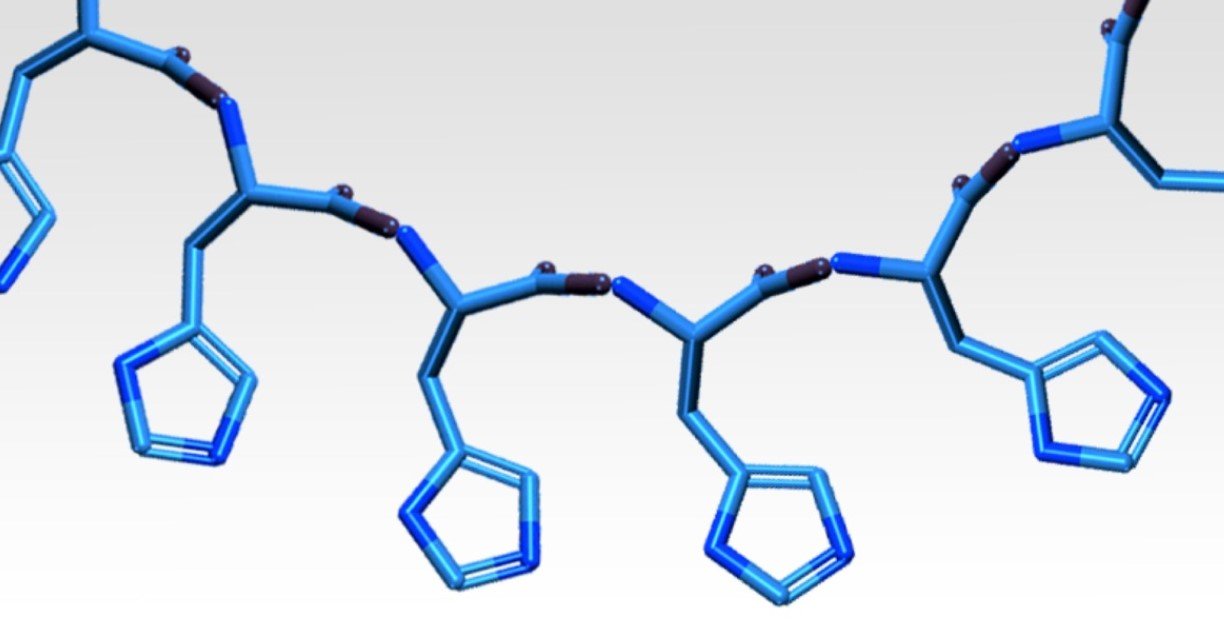In the ever-evolving landscape of biotechnology, a groundbreaking technique has emerged: magnetic bead protein purification. This innovative method promises to streamline protein isolation, enhance research efficiency, and propel scientific discovery. Let’s delve into the intricacies of this cutting-edge approach.
The Basics of Magnetic Bead Protein Purification
Proteins, the workhorses of cellular function, play pivotal roles in biological processes. Isolating and studying these molecules is essential for understanding disease mechanisms, drug development, and personalized medicine. Traditional protein purification methods involve laborious steps, often plagued by low yields, contamination, and time-consuming protocols.

Enter magnetic bead-based protein purification, a game-changer in the field. By leveraging magnetic particles coated with specific ligands (such as antibodies or His-tags), researchers can selectively capture proteins of interest directly from complex biological samples. Opentrons, a leader in laboratory automation, has harnessed this technology to create the OT-2 Magnetic Bead Protein Purification Workstation.
The OT-2 Magnetic Bead Protein Purification Workstation
Automating Small-Scale Protein Purification
The OT-2 workstation combines precision robotics, pipetting, and customizable protocols to automate protein purification. Here’s how it works:
- Sample Preparation: Researchers begin by lysing cells or tissues enzymatically or chemically. The resulting lysate contains a mixture of proteins.
- Magnetic Bead Binding: Magnetic beads coated with ligands specific to the target protein are added to the lysate. The beads selectively bind the protein of interest.
- Magnetic Separation: The workstation uses magnetic fields to separate the bead-bound proteins from the rest of the lysate. Unbound contaminants are washed away.
- Elution: The purified protein is eluted from the beads, yielding a highly enriched sample.
Applications
The OT-2 workstation supports various applications:
- Mass Spectrometry Sample Preparation: Researchers can prepare samples for mass spectrometry analysis, enabling proteomics studies.
- Protein Labeling: By coupling magnetic bead purification with protein labeling, scientists can track protein localization and interactions.
- SDS-PAGE and Native PAGE Sample Preparation: The workstation ensures high-quality samples for gel electrophoresis.
Advantages and Future Prospects
- Efficiency: The OT-2 automates repetitive tasks, freeing researchers to focus on data analysis and experimental design.
- Scalability: Whether processing a few samples or a high-throughput batch, the workstation adapts seamlessly.
- Customization: Opentrons offers protocol development services, tailoring workflows to specific assays.


































